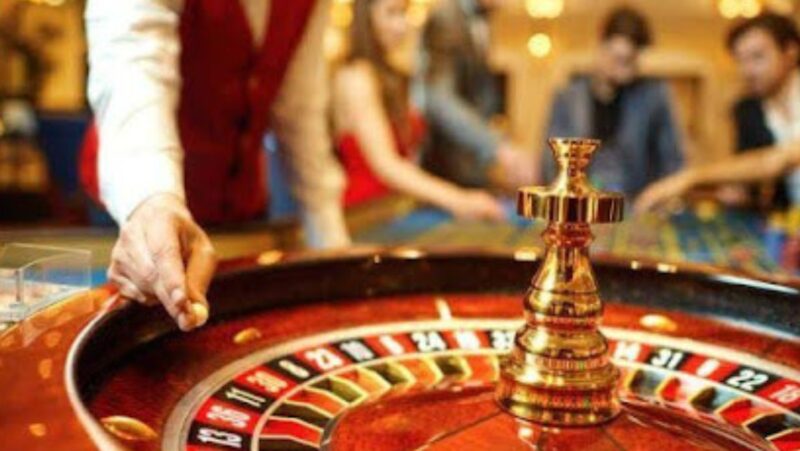
As Wimbledon 2025 approaches, the tennis world stands at a pivotal juncture. The era dominated by Roger Federer, Rafael Nadal, and Novak Djokovic—collectively known as the ‘Big Three’—has defined men’s tennis for over two decades. Now, a new generation of talent is poised to take centre stage, signalling a potential shift in the sport’s landscape.
Federer’s graceful play, Nadal’s relentless determination, and Djokovic’s unwavering consistency have set unparalleled standards.
Their combined 65 Grand Slam titles have redefined excellence and captivated audiences worldwide. With Federer and Nadal stepping back from the tour, Djokovic remains the last active member of this illustrious trio. At 38, his recent performances, including a runner-up finish at Wimbledon 2024, demonstrate his enduring competitiveness.

Close on his heels is Jannik Sinner. The Italian, this year’s favourite, has enjoyed a rapid ascent marked by significant milestones, including an Australian Open title in 2024. While his prowess on hard courts is evident, Sinner aims to translate that success to grass and clay surfaces. Despite facing challenges, including a doping case that led to a three-month suspension, his resilience and focus remain unwavering.
Other notable contenders include Norway’s Casper Ruud, whose consistent performances have solidified his place among the elite, and Germany’s Alexander Zverev, who seeks to capitalise on his vast potential after coming closer and closer to glory each time.

Wimbledon 2025 is witnessing a rejuvenation, not just through the emergence of new champions but also in the tournament’s broader appeal. The rise of players like Alcaraz and Sinner has introduced fresh narratives that resonate with a younger, more diverse audience. Their dynamic styles and engaging personalities have broadened the sport’s reach, attracting fans who might not have previously followed tennis.
Tennis analysts and former players consistently note that this transition represents an evolution rather than a replacement, as the emerging stars build upon the foundations established by their legendary predecessors while bringing their own innovations to the sport.
While the dominance of Federer, Nadal, and Djokovic may never be replicated, the current cohort promises a future filled with thrilling rivalries and compelling storylines.
As Centre Court approaches, the question isn’t whether the guard is changing, but how thoroughly the transition has already occurred. Will Djokovic summon one last magnificent stand, adding another chapter to tennis’s greatest saga? Or will the tournament confirm what many already suspect—that men’s tennis has entered a bold new era?


